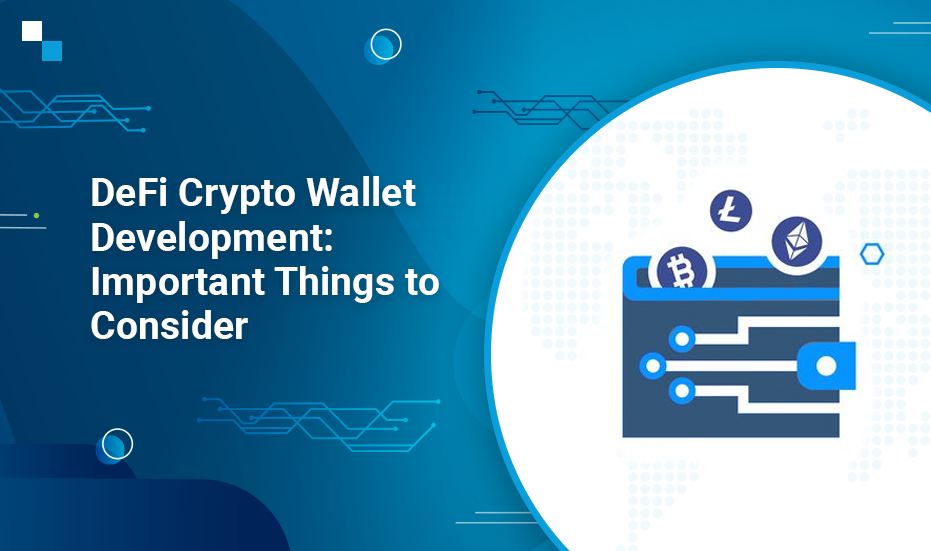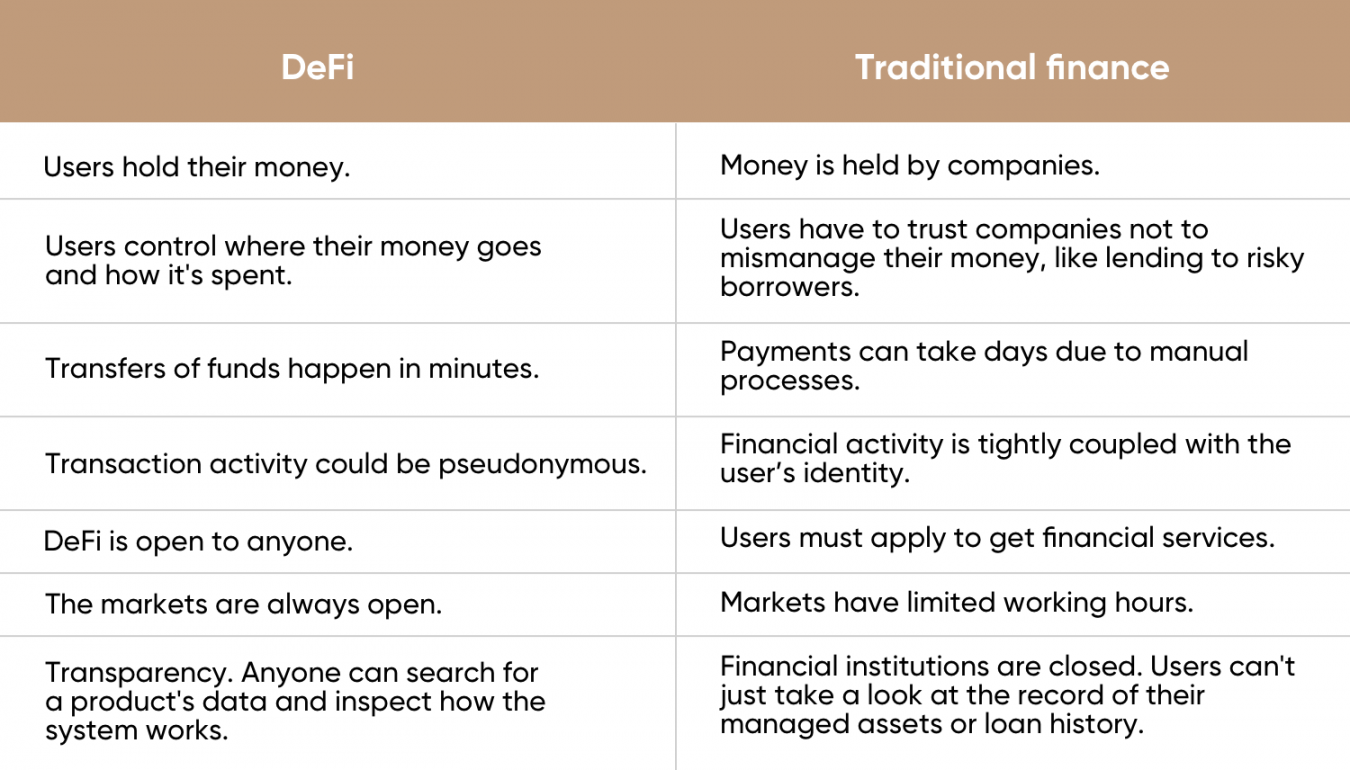

Moreover, decentralized finance is immune to third-party interventions and void of the risk related to the custodian’s insolvency, typical for centralized intermediaries. So, the rationale behind DeFi is building a truly open financial system that would be faster, more efficient, just, and open to the unbanked.

Lastly, centralized finance can limit access to financial services, as it requires users to adhere to certain standards or regulations to participate. This creates problems of trust, as control can lead to conflicts of interest, corruption, or other malpractices.Ĭentralized finance is also prone to higher fees, as intermediaries charge for their services. One of the main issues with centralized finance is that it relies on a small group of people or organizations to control the movement of money. While CeFi provides stability and trust in financial transactions, it also introduces higher fees and less control over individual finances. Each entity in the chain receives payment for its services, generally because merchants must pay for the use of credit and debit cards.Īll financial transactions are overseen by centralized entities, from loan applications to local bank services. When you use a credit card, for example, the charge starts from the merchant and moves to an acquiring bank, which forwards the card details to the credit card network. Banks and third-party companies are in charge of holding your money and facilitating transactions between people. DeFi vs Centralized Finance Centralized financeĬentralized finance (CeFi) is like a big group of people who control your money and decide how it moves around. They get deployed on top of the decentralized underlying architecture, namely blockchain technology.
Defi crypto meaning code#
The term “decentralized applications” means programs or code with a user interface designed for people unfamiliar with coding. The DeFi ecosystem consists of several layers, such as the underlying distributed ledger (a blockchain such as Ethereum), 2-layer DApps (Decentralized Apps) or even 3-layer DApp integrated offerings. A “permissionless” blockchain means open for everyone to join the network and build code, such as smart contracts, on top of it. Blockchains may be proprietary (restricted to a group of authorized network members) and permissionless. They create a network and participate in validating new transactions in that network by adding verified nodes (blocks of ciphered information).


It refers to financial services and products built on permissionless, cryptographically protected, and immutable architecture (mainly blockchain technology) in the form of open-source code.īlockchain is sort of an XL spreadsheet stored and automatically updated on hundreds of computers. The true meaning of decentralized finance explained in simple wordsĭeFi, a buzzword in the crypto industry and a trending hashtag on Twitter, is an umbrella term for decentralized or open finance. Have you heard of decentralized finance (DeFi)? It's been making waves in the world of cryptocurrency lately, but what exactly does it mean? Today, we will delve into the meaning of decentralized finance, explore the world of DeFi crypto, provide an overview of how DeFi works, as well as highlight the pros and cons of this emerging trend in the world of finance.


 0 kommentar(er)
0 kommentar(er)
